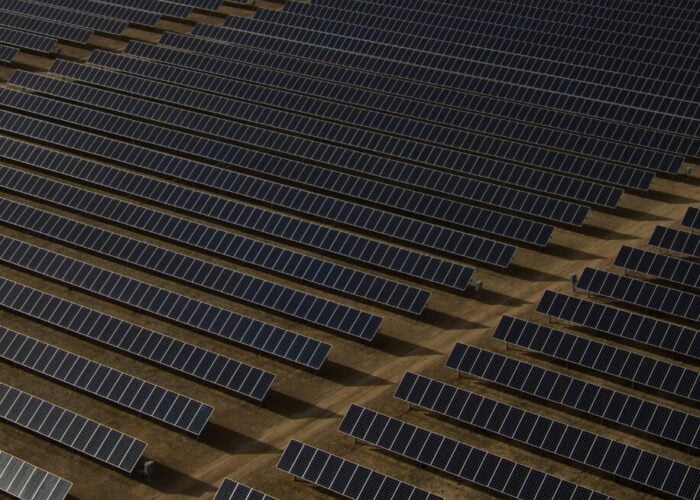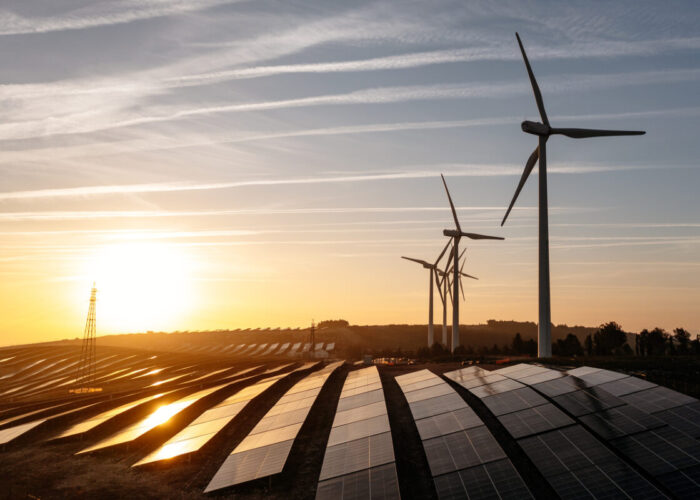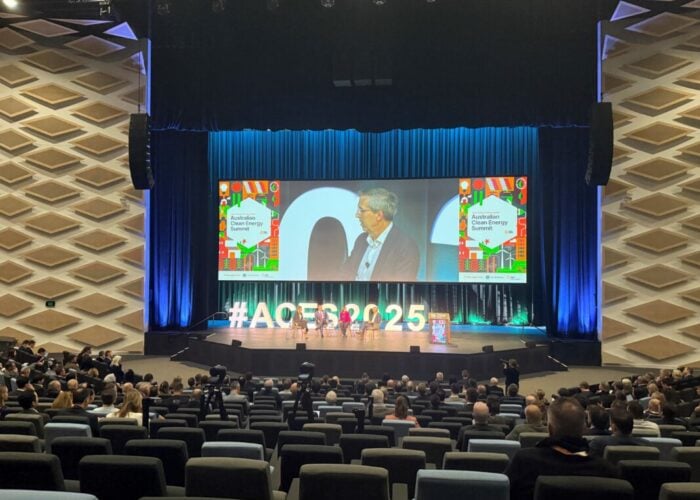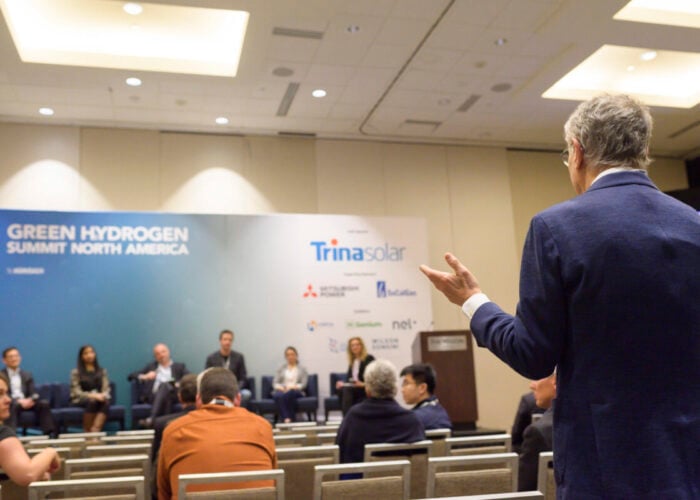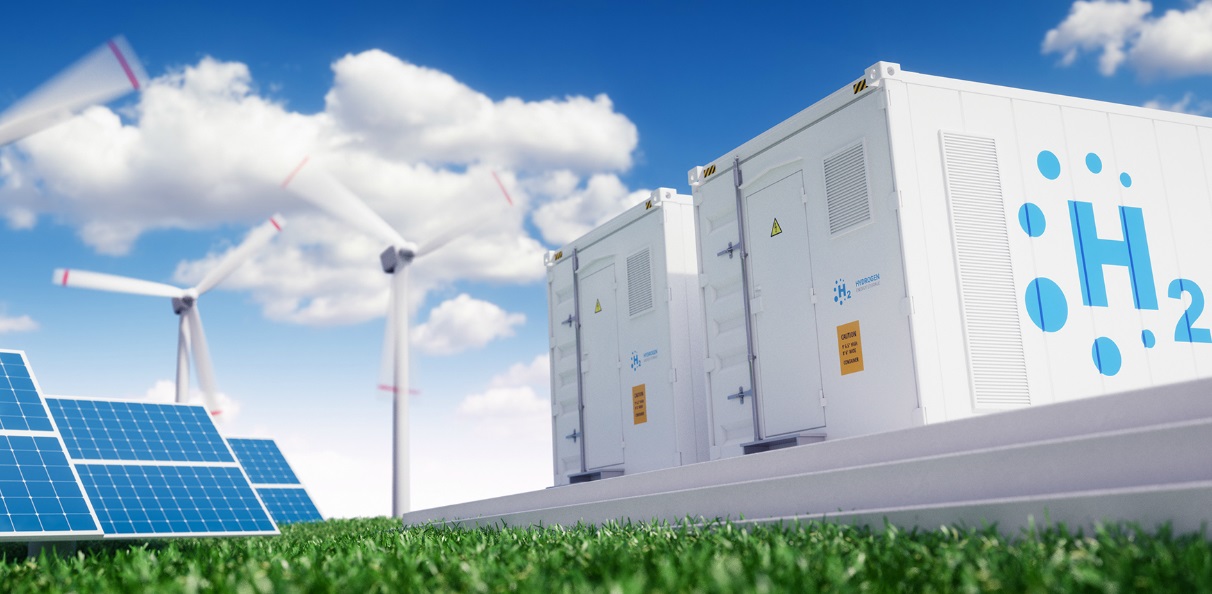
The cost of hydrogen produced with green energy could compete with those of fossil fuels by 2030, according to new research.
The International Renewable Energy Agency (IRENA) claims that further investment in the technology from governments could reduce the cost of electrolysis by 40% within a decade, and by 80% by 2050.
Try Premium for just $1
- Full premium access for the first month at only $1
- Converts to an annual rate after 30 days unless cancelled
- Cancel anytime during the trial period
Premium Benefits
- Expert industry analysis and interviews
- Digital access to PV Tech Power journal
- Exclusive event discounts
Or get the full Premium subscription right away
Or continue reading this article for free
Francesco La Camera, IRENA’s director-general, said that implementation could be a “game-changer” as more governments have started to implement decarbonisation targets. The report noted that green hydrogen could be “critical” for sectors that are inherently harder to decarbonise such as steel, chemicals, long-haul transportation and shipping, but the higher cost of hydrogen produced from renewables compared to so-called blue hydrogen is a significant barrier to entry.
Some authorities have made green hydrogen a key component of their carbon reduction targets. The European Union’s green hydrogen strategy, published in July, called for at least 6GW of renewable hydrogen electrolysers to be installed by 2024.
“Levelling the playing field to close the cost gap between fossil fuels and green hydrogen is necessary,” Camera said, adding that cheaper green hydrogen would support the development of a “resilient energy system that thrives on modern technologies and embraces innovative solutions fit for the 21st century”.
Key to the sector’s growth in the coming years will be the standardisation of technologies and products, investing in electrolyser developers to enable them to scale up and benefit from spreading their fixed costs over greater production and reducing overheads within the supply chain, the report said.
However, it added that scale-up and deployment growth would need to be both “rapid” and “aggressive” for costs to come down on a par with that of hydrogen produced from fossil fuels.

